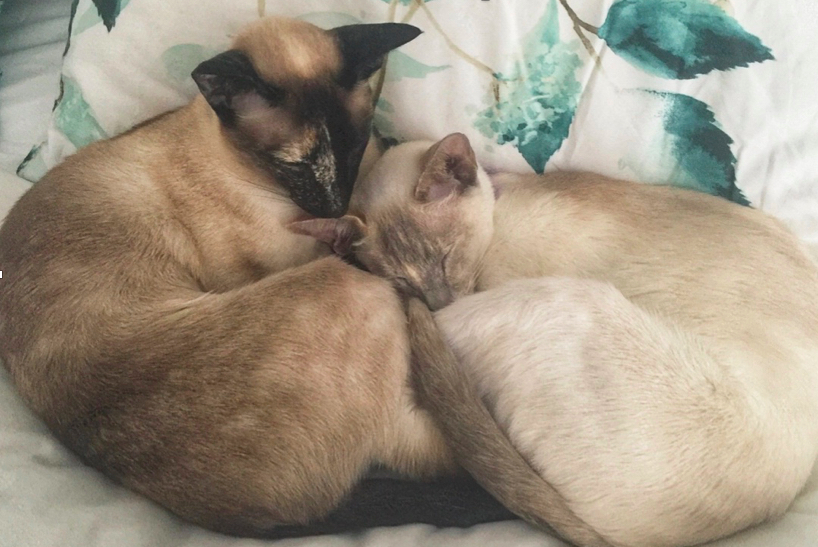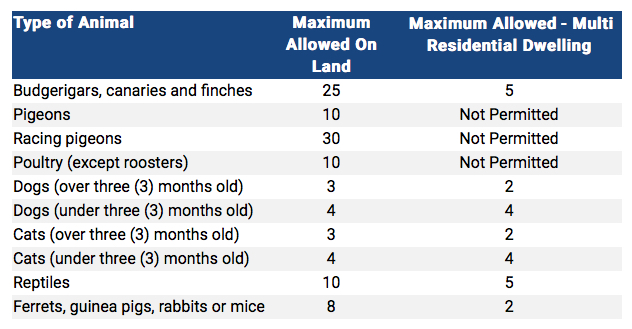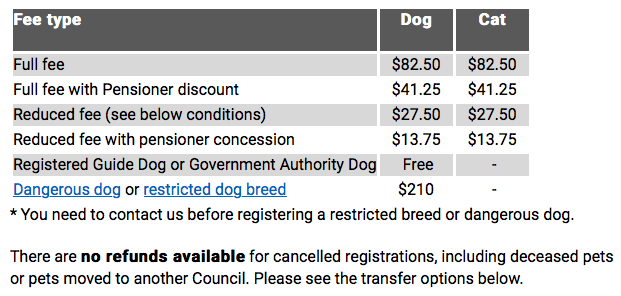“Australia has one of the highest rates of pet ownership in the world. About 62% of Australian households own pets. There are an estimated more than 24 million pets in Australia.”
 Now that we’re back from holidays and we’ve picked up our cats from their cat-camp (thank you to Belinda’s Cosy Cat Cottages!), and after helping a friend navigate through a pet-restriction we spotted in her contract, I was prompted to pen this article.
Now that we’re back from holidays and we’ve picked up our cats from their cat-camp (thank you to Belinda’s Cosy Cat Cottages!), and after helping a friend navigate through a pet-restriction we spotted in her contract, I was prompted to pen this article.
“Dogs are the most common pet, with 38% of households owning a dog. There are estimated to be 4.8 million pet dogs in Australia; 20 dogs for every 100 people. Cats are the second most common pet, with 29% of households owning a cat. There are estimated to be 3.9 million pet cats in Australia; 16 cats for every 100 people.
In 2016 the total number of pet birds was approximately 4.2 million and in addition there were about 2.5 million other pets, including companion horses, rabbits, guinea pigs, reptiles and other small mammals.” (Source: RSPCA)
So – with a heightened pet ownership figure when compared to other nations, it is unsurprising that Victoria has new Residential Tenancy Laws regarding tenants and their pets. The reforms were passed in September 2018 and are soon to come into force. In short, Landlords must give written consent for a pet to be in their property, but refusing this consent will need to be via VCAT approval.
From specialised “pet bonds” to advertising “no pets”, things are about to change in Victoria.
It’s not just an important subject that tenants and landlords tackle though. Pets in properties are sometimes challenges for purchasers and property owners too. Unlike tenants, the problems they face if their pet suddenly becomes an issue can be expensive and particularly stressful.
Would it come as a surprise to know that some strata Owners’ Corporations don’t allow pets?
And likewise, to know that some specified areas within postcodes don’t allow cats due to special covenants and overlays?
A friend’s acquisition adventure faced the former situation last week when she looked at purchasing a unit to live in. She and her dog could have found themselves in the midst of a nightmare if she hadn’t spotted the clause in the Strata rules. Careful legal investigation revealed that the boutique complex will formally issue an owner an exception to the rule if their application is approved by the strata members with a 75% consensus, and had been done so prior for the current owner. Her legal representative crafted an acceptable contract clause to ensure that her dog is welcome in the home too as a condition of her purchase.
Outside of real estate strata rules and tenancy agreements however, pet owners in various council electorates still have conditions, restrictions and registration fees to comply with. For example, in my electorate I am permitted a maximum of two dogs and two cats (among other pets) as shown below.

The registration fees in the City of Maribyrnong are as follows, (note that reduced fees apply for early payment):

Lastly, but most importantly, every resident wants to picture a life of harmony in their neighbourhood. At the very least, checking that this is possible is an essential step for any aspiring home owner. From investigating the rules, to asking the neighbours about pet ownership/troublesome animals/intolerant local neighbours, a little bit more insight can be gleaned about the property in question and whether any pet-related issues could arise. Main roads can pose a huge threat if a pet likes to roam, and a barking dog next door that is set-off by other animals could be problematic for all concerned.
Thinking about our fur, scale and feather babies when we select a home adds another layer of complexity to the assignment, but can help alleviate a lot of stress if we avert a problematic property choice.
Sources:
Maribyrnong.vic.gov.au
RSPCA
Suzie and Lola
REGISTER TO OUR NEWSLETTER
INFORMATION
CONTACT US
1A/58 ANDERSON STREET,
YARRAVILLE VIC 3013
0422 638 362
03 7000 6026
CATE@CATEBAKOS.COM.AU
